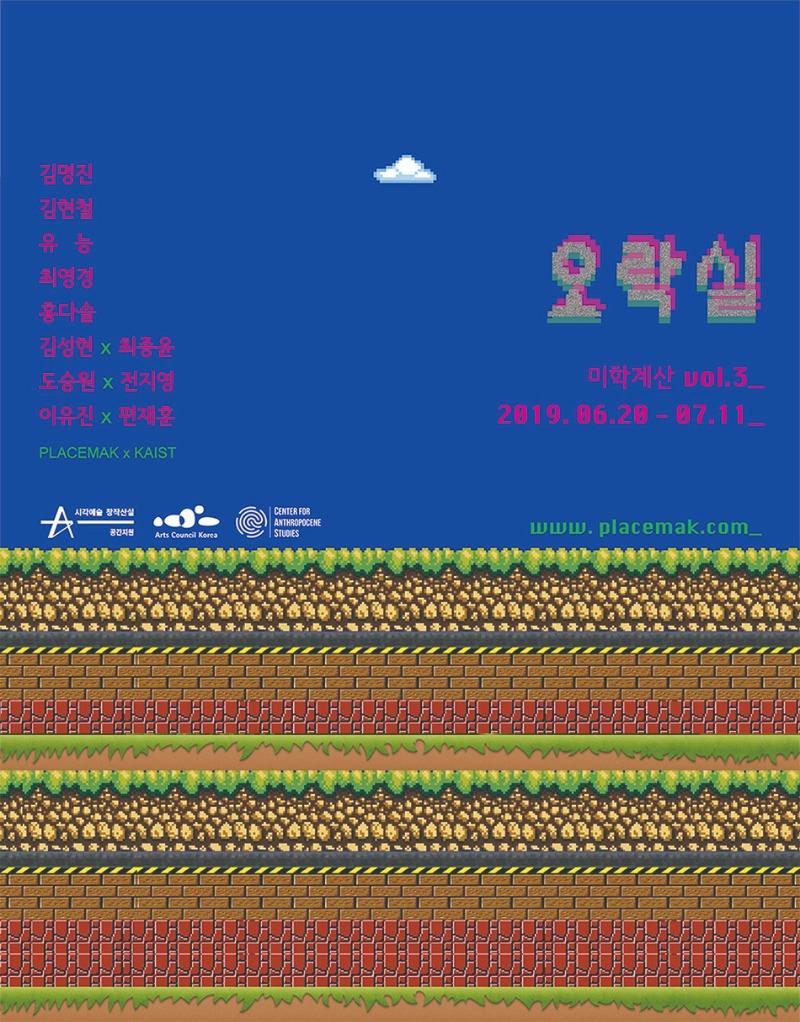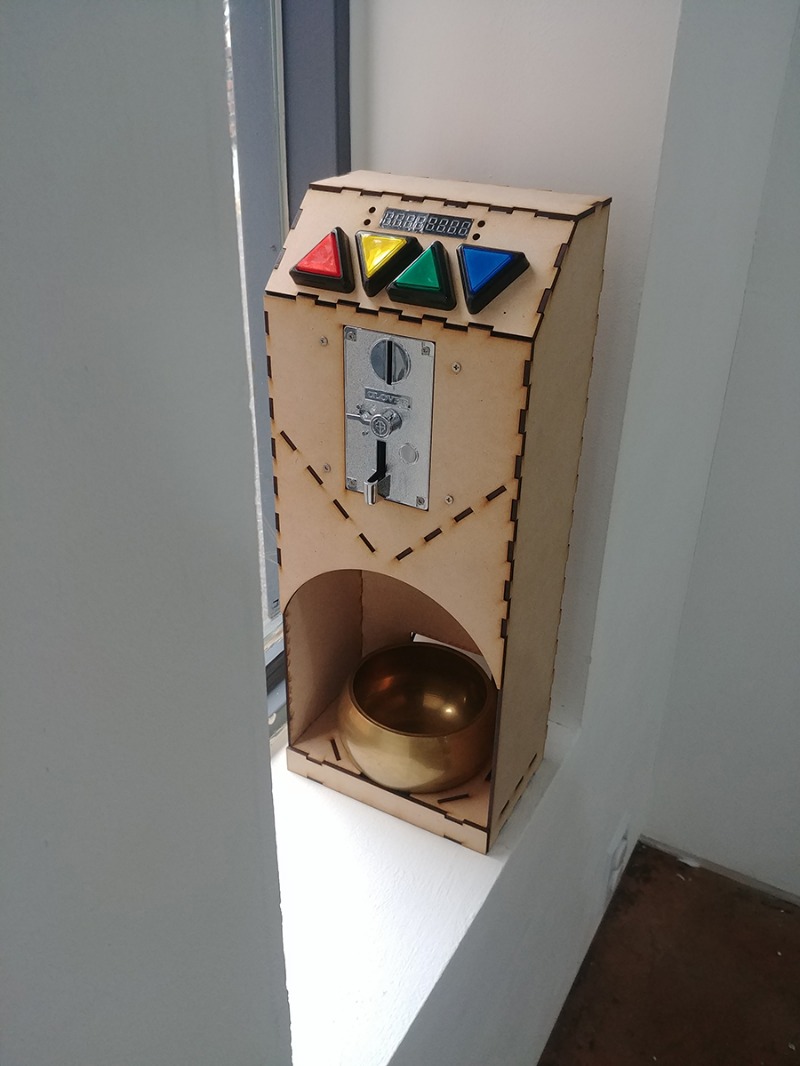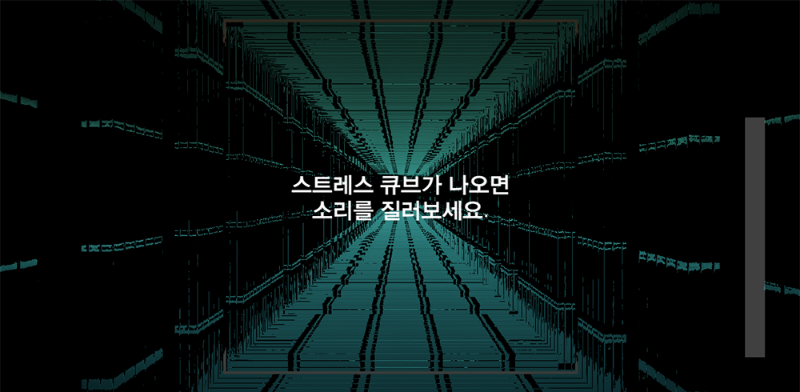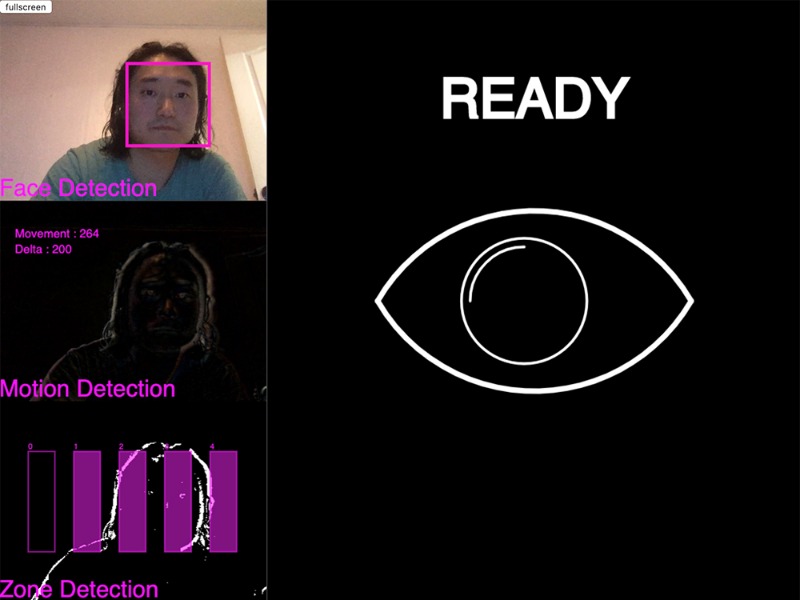
Exhibition Information




The computer is a calculator. And the calculation, I don't know yet, but it's a mechanical process to figure out the answer already set. It is similar to the process of scraping away the silver lining of a lottery with coins. Whether the words hidden under the silver foil are "bomb" or "pick," the consequences of an already set fate are always there. There is no such thing as a better way to strip away the silver lining of a lottery. Because no matter how you scratch, the same lottery will always reveal the same letter. Of course, even if it is already set, the tension in the process of knowing the results will not dissipate. Rather, a good design of the execution process of the calculations can keep the tension alive. Since then, computers are no longer called calculators but game consoles. In the exhibition, eleven artists present various media works in the form of video games. As a result, the constraints on the style of work seem to have led to many interesting effects. While interactive art works, especially those using computers, maintain constant inconsistencies with the fact that "computers are deterministic computing machines" by pursuing the generally open phenomenon, the works of the exhibition focus more on maintaining the phenomenological tension of the process leading to a set computational power instead of defining themselves as games. When writers attempt computer-based interactive work in the conceptual art framework, they should place the execution units of algorithms in as diverse time and space as possible for nonverbal representations of static concepts as the work has, which are difficult to perform successfully due to the characteristics of the computer language suitable for repetition and abstraction. At this point, authors usually actively use random functions, incorporate unpredictable physical processes into the work (double pendulum, collision, breakage, smoke, water, simulation, etc.) or use inputs from the audience as the main source for the variation of the work, which always poses the risk of leading to a passive audience experience unique to interactive art. In such a situation, the choice of authors is not to devote much time and effort until the phenomenon of the output of deterministic code shows a non-deterministic aspect, but rather to place the minimum elements of the intended concept in the work in a holistic manner and fill in the void time and space between them with some randomness. However, the concept intended by writers can be replaced by the rules and purposes of the game, so that the implementation (computer code) for the phenomenological experience and the implementation (rule of the game) for the delivery of the concept can be separated. Indeed, from this separation, in preparing for this exhibition, writers have commonly experienced the concept of work and the process of co-evolving the work phenomena. To understand this from the information theory perspective of Claude Shannon, the phenomenon of output of work in the form of game is noise, and the rules and purposes of the game are clearly designed only as the message of the work. In the same light, interactive art in a non-game format may have a profit-and-loss purpose of trying to deliver messages through noise. Lee Byung Joo
